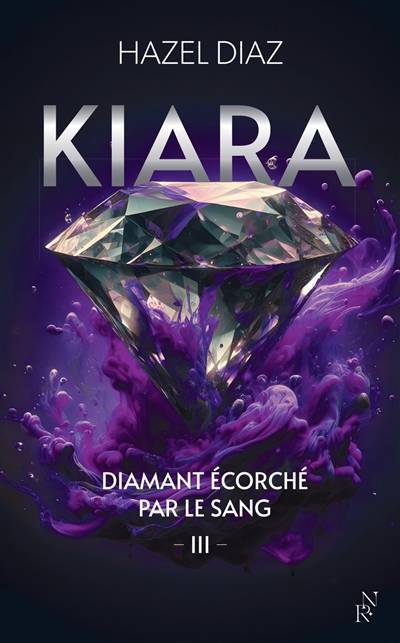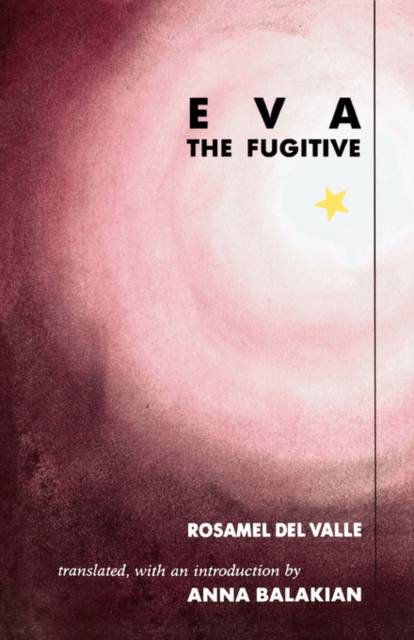
- Retrait gratuit dans votre magasin Club
- 7.000.000 titres dans notre catalogue
- Payer en toute sécurité
- Toujours un magasin près de chez vous
- Retrait gratuit dans votre magasin Club
- 7.000.000 titres dans notre catalogue
- Payer en toute sécurité
- Toujours un magasin près de chez vous
Description
An early cameo of Latin American surrealism, Rosamel del Valle's erotic narrative of ecstasy and perdition creates the rhythm of the dream and the tempo of madness. Intermittently a waiflike young woman, Eva, intrudes into the daily routine of the writer. Her appearances are marked by a circle of red and the vision of a deep well with a star hanging over it. A tone poem of surrealist encounter, pursuit, and loss, Eva y la Fuga was written in 1930 and finally published posthumously in 1970, by Monte Avila Press in Venezuela. Anna Balakian offers here the first translation of the work into any other language. She brilliantly conveys in English the author's highly metaphoric language and the immediacy of surrealist experience, signaled in the narrative by frequent lapses into a haunting present tense.
On their walks through the streets of Santiago, Eva and the narrator mingle in the fiesta atmosphere of the Chilean Amusement Park, with its gigantic Ferris Wheel. Bits of real-life dialogue float through the air. But the couple move on different wavelengths from the crowd and often from each other. Passing in and out of his life, Eva exercises a hypnotic fascination over the writer and makes an equally profound impression on the reader. This narrative is in the same genre as Gerard de Nerval's Aurélia, André Breton's Nadja, and Michel Leiris's Aurora, and should be counted among the most compelling works of twentieth-century surrealist literature.
On their walks through the streets of Santiago, Eva and the narrator mingle in the fiesta atmosphere of the Chilean Amusement Park, with its gigantic Ferris Wheel. Bits of real-life dialogue float through the air. But the couple move on different wavelengths from the crowd and often from each other. Passing in and out of his life, Eva exercises a hypnotic fascination over the writer and makes an equally profound impression on the reader. This narrative is in the same genre as Gerard de Nerval's Aurélia, André Breton's Nadja, and Michel Leiris's Aurora, and should be counted among the most compelling works of twentieth-century surrealist literature.
Spécifications
Parties prenantes
- Auteur(s) :
- Editeur:
Contenu
- Nombre de pages :
- 116
- Langue:
- Anglais
- Collection :
- Tome:
- n° 5
Caractéristiques
- EAN:
- 9780520071162
- Date de parution :
- 25-07-90
- Format:
- Livre broché
- Format numérique:
- Trade paperback (VS)
- Dimensions :
- 138 mm x 208 mm
- Poids :
- 145 g







